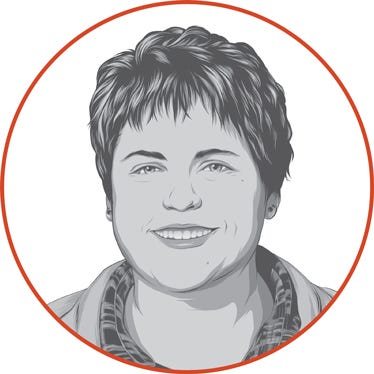
Budgets. It can be easy to let them slide when commodity prices are high. Buy a new planter, try a new fungicide, pay more for ground. We can be short-sighted during better times, thinking that good prices are here for the long-term. What about today?
Most farmers I know hate doing budgets. One reason why is because just about every variable on there can and will change. Since the big things like yield and price can be out of our control, many of us decide it’s not even worth it to try.
Some variable costs are known, but we don’t want to sit down and work on a spreadsheet because it’s just too darn fun to work in the field. We hate doing bookwork, but need to do it anyway.
I use the previous year’s spreadsheet and figure out what changes I need to make for the current year. I plug in the known budget items and make assumptions about what I can’t control.
It turns out that fine-tuning my budget helps me sleep better at night.
Fine-tuning in 2018
Variables that don’t change: inputs. I group big expenses in three categories: equipment, what we put in the ground (chemical, seed, fertilizer), and land. Depending on management, the total expense for the three categories can sway hundreds of dollars per acre. It’s scary because there isn’t a limit on the amount that we can spend to produce a bushel of corn or soybeans.
When it comes to equipment, I’ve made a big attempt to pay off certain implements in the past few years. A high-speed planter would be nice, but my paid-for slower planter will get the job done this spring. For chemicals, I spent several hours figuring out our spraying plan and shopped around for good service and prices. Instead of spending more for corn traits, we chose a cheaper and just as effective seed for our farm.
Fertilizer might be the biggest place where we save. Variable rate is a no brainer so now we apply the right amount of product in the right place. For land cost, I look at each farm separately. Inevitably, some farms profit or lose more than others.
Variables that change: yield, futures price, and basis. Yield is the great unknown. It would be great to plug in a record yield for the budget, but that’s not reality. Even though we have had good yields the past few years, I use the county crop insurance average for budgets.
Futures and basis change daily, so how does a person manage that? We sell a lot of grain at harvest, and I use the December futures for corn and September or November futures for soybeans in my budget. If we can profit at those levels, I start to sell hedge-to-arrive contracts. I could sell futures on the board, but don’t want to deal with margin calls. Min-max, minimum price, and other contracts are available, but I like to keep things simple.
This year, I’ve used a cocktail of my own hedge-to-arrive contracts along with average and managed pricing contracts through the elevator.
Now, about basis. I witnessed an 80-cent swing in basis in a three-week span last harvest. My plan for this year is to watch basis and set it when it improves, and plan to capture early harvest basis levels at the river.
I realize that budgets can be complicated - sometimes downright scary. In good times, budgets make us feel great. In bad times, budgets provide a picture of reality. Without a budget, I would blindly go through each year and not know at what levels to sell grain. A budget also provides a benchmark to trim input costs.
If you know your numbers, you’ll be better at cost control and marketing, and might get more zzzs.
The opinions of the author are not necessarily those of Farm Futures or Farm Progress.
About the Author(s)
You May Also Like






